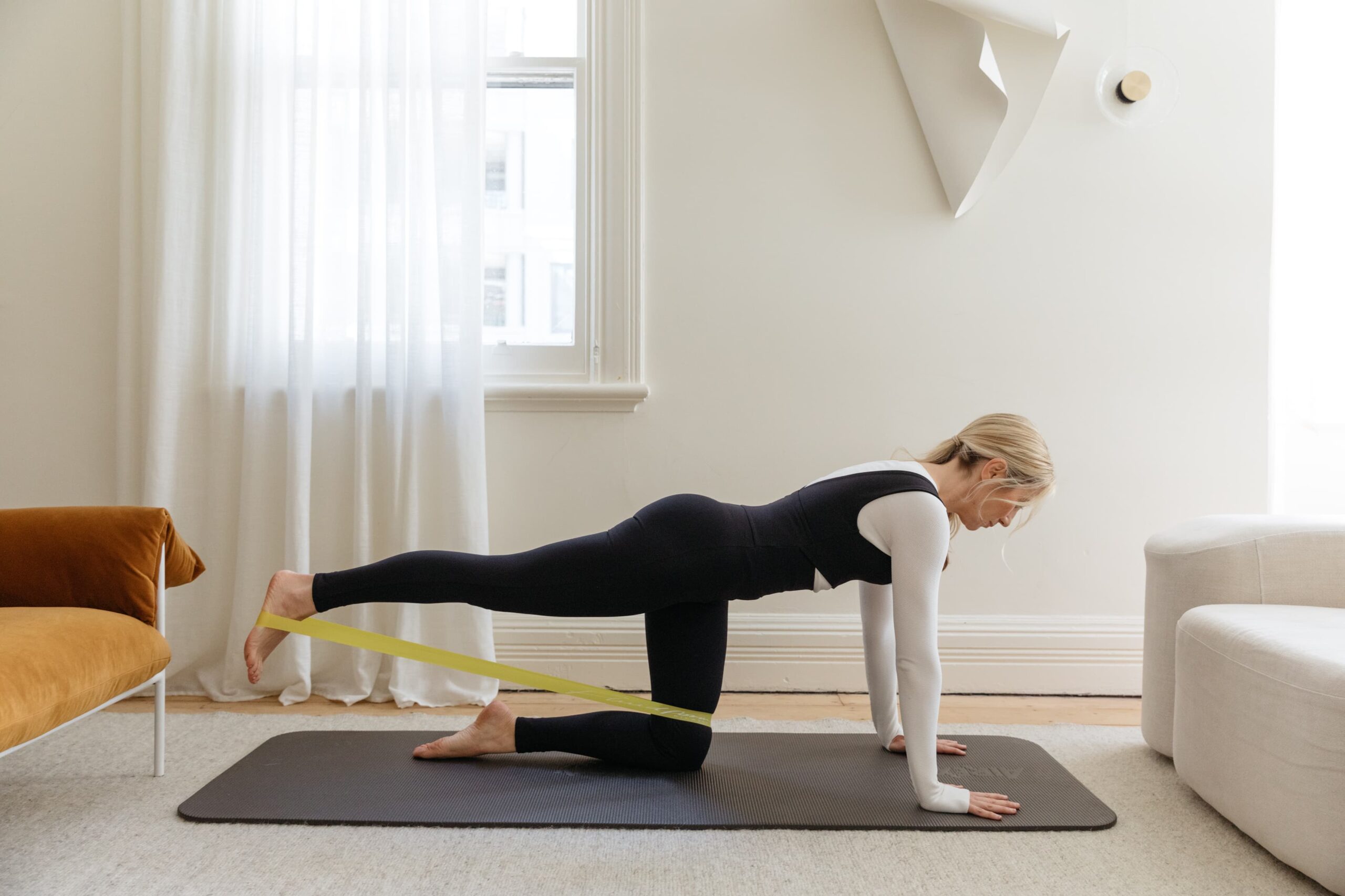By Madison Cutmore (Physiotherapist in Women’s Health).
Pelvic floor exercises – we all know we need to do them, but they’re the last thing we think about as we (finally) drift off to sleep, and that thing we laugh off with our girlfriends after not making it to the bathroom in time (again).
Pelvic Floor health is usually ignored until problems arise, but, like most things when it comes to health care, prevention is key and those occasional kegels at the traffic lights just aren’t going to cut it.
So what should you be doing? Firstly you need to understand some anatomy. Your pelvic floor is a group of muscles and fascia that form a ‘sling’ and run from your pubic bone to your tailbone and help support all of your internal pelvic organs, help prevent leakage and are important in sexual function.
The easiest cue for activating your pelvic floor is to simply think about stopping the flow of urine when you’re on the toilet. Whilst you don’t want to train your pelvic floor on the toilet as this can create bad patterns, you do want to visualise this cue and think about the contraction in three parts: squeeze, lift, relax. It can be helpful to link your training to your breathing; your pelvic floor naturally descends when you inhale and lifts when you exhale, so cueing your breathing with your training to inhale relax your pelvic floor then exhale contract, squeeze and lift, can help you learn the correct patterning.
Like any other muscle in your body, your pelvic floor needs regular and consistent training. You need to train your pelvic floor at least three times a week, just like you would your arms/abs/legs. Training is most effective when completed in a block, with exercises focussed on strength, endurance and coordination. And, the good news is that it actually works – pelvic floor muscle training has been shown across many studies to cure urinary stress incontinence in 50% of women and improve symptoms of leaking in 75% of women (Cochrane, 2018).
It’s important to note that your pelvic floor, while often weak postnatally, can also be overactive. It is common for highly active, anxious or Type A women to experience hypertonicity or overactivity in their pelvic floor musculature. Basically, this means your pelvic floor is working from a position of ‘tightness’ and training these muscles to contract over and over again will actually be more damaging than beneficial. Common symptoms of an overactive or tight pelvic floor can include: frequent urination, constipation, pain or reduced sensation, low back or hip pain and pain/difficulty with penetrative sex or using tampons.
Given the variation in women’s pelvic health, there is no perfect program or exercise for everybody and It’s important that you consult a women’s health physiotherapist to do a vaginal exam to assess the quality of your pelvic floor. This exam creates the starting point for your at home training. Because if you don’t know where you’re at, how do you know what you need to train?
If you have an underactive pelvic floor, here’s an example program to help increase your pelvic floor strength!
Repeat for 5 mins:
● Pelvic tilts x10
● 5 second Pelvic floor holds x5
● Bridges with pelvic floor contraction x10
● Pelvic floor in childs pose (quick ones to fatigue) x10





